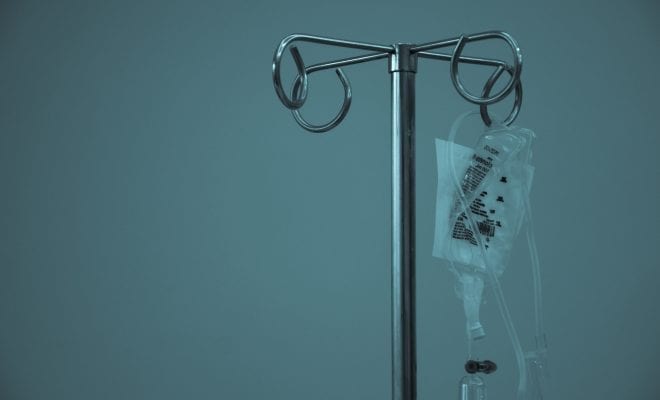
News
Cancer Is Causing Financial Ruin for Many Americans
A cancer diagnosis is an incredibly tough situation for the millions of current patients and living survivors, as well as their families. The last thing on people’s mind when receiving a cancer diagnosis is money, yet money quickly becomes another layer of problems during this difficult journey.
In 2010, a single cancer diagnosis amounted to an estimated $137.4 billion in medical care expenditures in the United States, and this figure doesn’t even include oral prescription drugs, many of which are necessary for cancer patients. This figure is expected to increase, as the cost of healthcare is further pushed upon the patient.
These costs have unveiled that we have drastically underestimated one of the concerns of cancer: financial toxicity. This term refers to the financial distress is caused by the out-of-pocket healthcare costs that are thrust upon cancer patients. These costs include outpatient services, hospital stays, medical appointments, and prescription drugs.
All of these costs add up quickly, with some cancer patients reporting spending more than 20% of their annual income on medical care. This not only leads to a greater degree of financial distress, but it has also lead people to delay care or drugs for their treatment, both of which are crucial for survival.
In a 2013 study, Health economist and researcher Scott Ramsey showed how cancer patients are 2.65 times more likely to declare bankruptcy than people without cancer. Younger patients had a 2-5 times higher rate of bankruptcy compared to older patients.
This burden is shared by insured patients as well, who more often than not, believe their treatments will be covered. However, with insurance policies continuing to change, and more expensive treatments like $200,000 immunotherapies, the costs continue to rise. This financial toxicity leads patients towards a place of significant mental distress, which has a serious impact on their overall health.
The burden of financial toxicity has led to an increased debate as to how the high cost of cancer can be reduced. This will need to involve politicians, pharmaceutical companies, insurers, and health care providers. Already, more than 40 states have enacted laws designed to limit the cost of cancer drug costs, but the battle towards a future of low-cost cancer treatment is still very much uphill.





0 comments